-
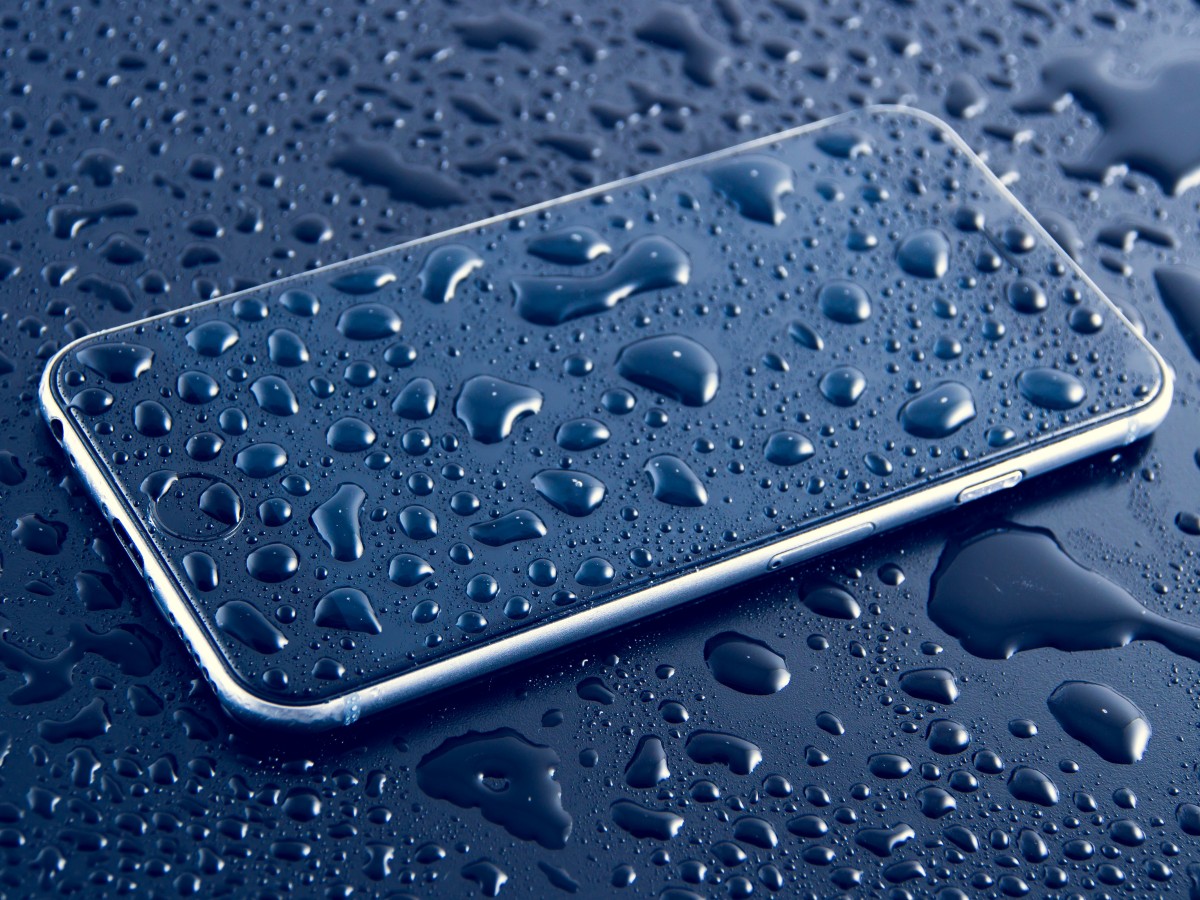
How to dry a wet mobile phone? A soil science’s perspective
Put in a bag of rice. That’s the most common answer. You can also bury your phone in the soil. But why rice can be used to suck out moisture from inside of your mobile phone. Some said rice is dry (so are other materials such as paper), and some said it has a high…
-

Peat Management in Indonesia
We recently published an article in The Conversation on Peat Management and Issues in Indonesia. Sorry in Bahasa Indonesia. But here is an English version of it: Can Indonesian peatland be managed responsibly? Supiandi Sabiham1,2, Budiman Minasny3, Budi Indra Setiawan1, Dian Fiantis4 1 Institut Pertanian Bogor, Bogor, Indonesia. 2 Perkumpulan Masyarakat Gambut Indonesia. 3 The…
-
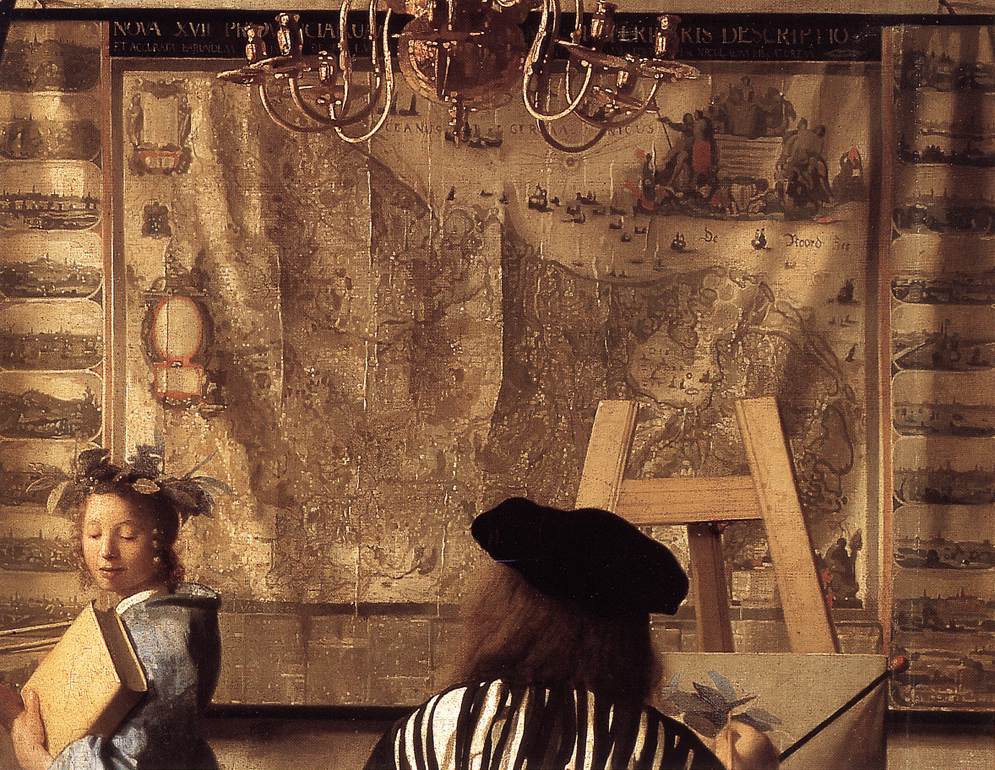
Classical Art as Covariates in Digital Mapping
Cartography is a blend of art and science. But can art be used as covariates in making digital maps? According to a new research yes, and the results are comparable with using real covariates. Ecology mappers face the same problem as DSMers, which covariates should be used for digital mapping? Machine-learning algorithms supposedly can handle a large number of predictors…
-
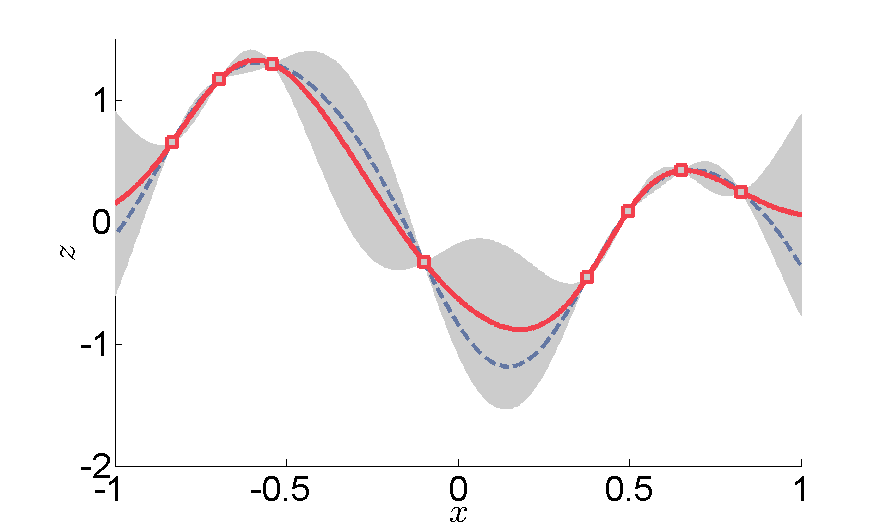
Interpolation
We like to perform interpolation to make a better soil map. When WE do interpolation we want and expect something similar in between the observed points. Musicians also do interpolation, but they want something quite different between the elements. According to Wikipedia, interpolation was done differently according to different genre: Classical Music– an abrupt change…
-
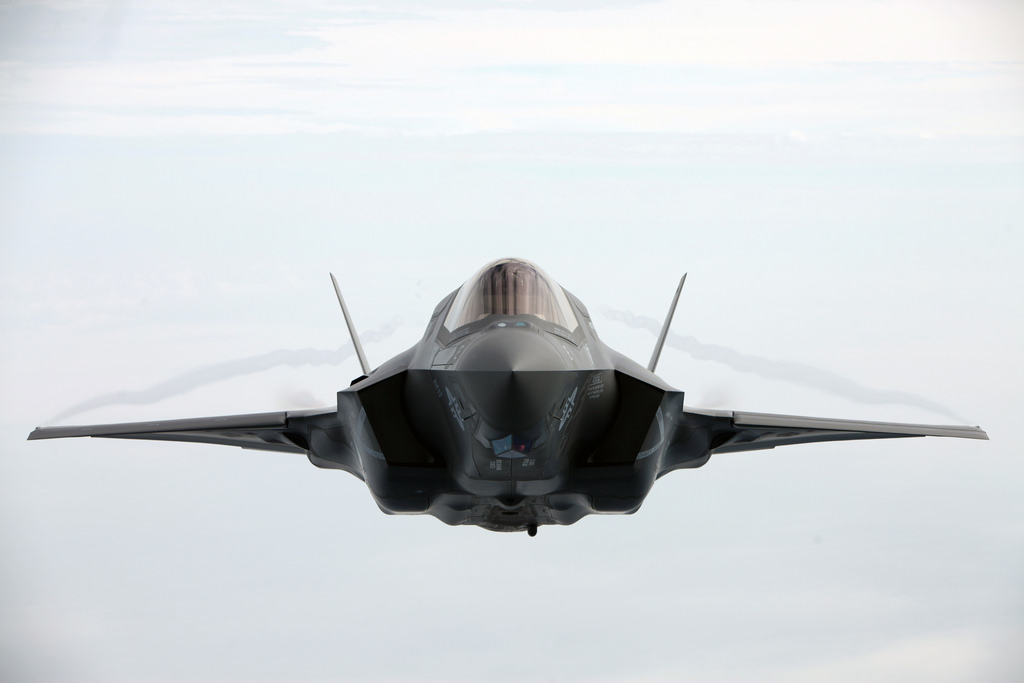
Highway to the Danger Zones
Revvin’ up your Rengine Listen to the PC roar Data under tension Beggin’ you to click and run I was thrilled when Laura Poggio presented a slide with a Venn diagram with sections labelled “Danger Zone” at the Pedometrics 2017 conference in Wageningen, June 2017. It brought me back…
-
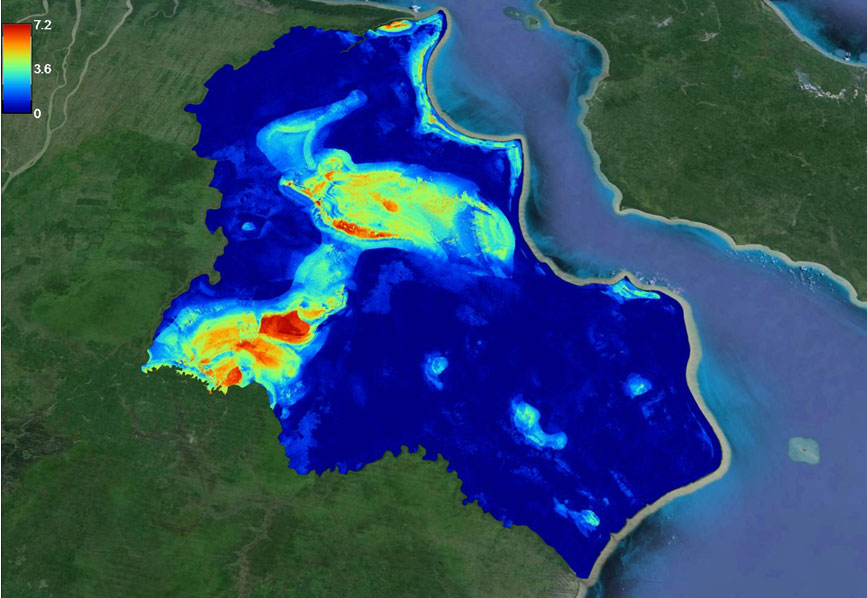
Can Lidar measure peat extent and thickness?
The answer is obviously not, but many in Indonesia were convinced that Lidar is the method for measuring peat extent and thickness. Where does this come from? Lidar, particularly used in airborne mapping, can be used to create a 3-D earth’s surface model. Laser pulses reflect objects both on and above the ground surface, thus…